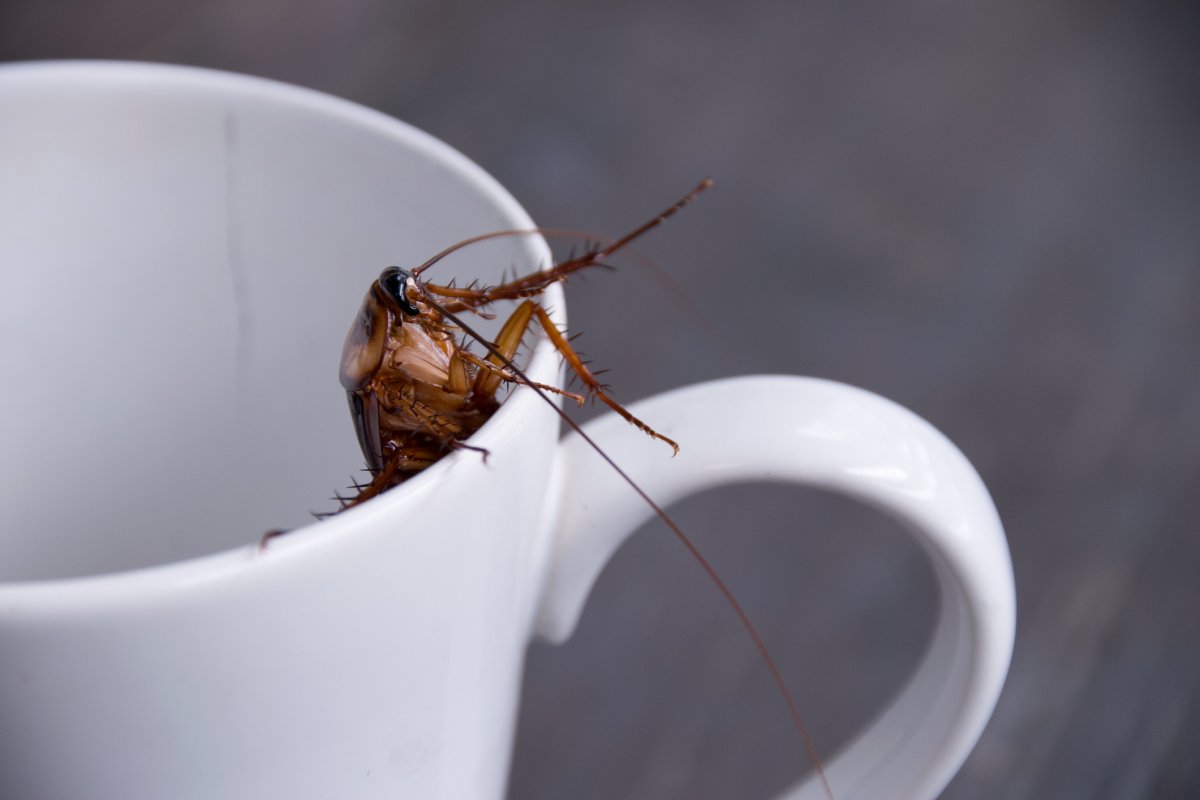Move over bed bugs, another critter is steadily becoming the dominant pest in Winnipeg and surrounding area.

Pest control experts say they’re once again responding to hundreds of calls regarding cockroaches each month, something not seen since the early to mid ’90s.
“To quantify, we do as many as 300 roach jobs a month,” says Clint Rosevear, who oversees Manitoba and parts of northwestern Ontario for Orkin Canada.
The bulk of their work is in the Winnipeg area.
“It’s not uncommon to have technicians assigned to seven, eight, nine suites a day, plus working in businesses, locker rooms, lunch rooms, some schools too. (Cockroaches) don’t know boundaries.”
Towards the end of the ’90s, Rosevear says newer chemicals brought roach infestations down to a manageable level, but there are some indications the invasive insects are becoming resistant to certain insecticides.
“Roaches adapt very easily. They’ve been around since before the dinosaurs. They survived the Ice Age,” Rosevear says.
“Our industry, the manufacturers of the insecticides, are always trying to pivot and make different variations of the product, but they start adapting.”
Not only do the skittering bugs bring the ‘ick’ factor, but in some cases, they can have health implications for humans if left alone.
- Donald Trump claims B.C.’s ‘very large faucet’ could help California’s water woes
- Canada must speed up progress to hit its 2030 emissions target: report
- U.S. TikTok ban case pits free speech vs. national security. Which will win?
- A final, tragic text from doomed Titan sub revealed at Coast Guard hearing
“Each time they molt, they have an exoskeleton that’s shedding, and that has properties to cause asthma, or bother asthma, so there are some concerns that way,” Rosevear says.

Get daily National news
“But they’re not feeding off you like bed bugs.”
Taz Stuart, director of technical operations with Poulin’s Pest Control, agrees the roach problem is on the rise.
The number of calls each year for cockroaches doubled between 2017 and 2020 to 3,400, and is already up 38 per cent this year.
While resistance to baits and chemicals may be playing a part, Stuart thinks the COVID-19 pandemic may be partly responsible.
“(It) could be a relationship with people not going out, they may be living a little more untidy,” Stuart says, adding with restaurants closed, roaches may be more likely to invade homes in search of food and water.
“It can go on the opposite side too. Bed bugs have decreased because more people are at home and they’re not going out as much and they’re not sharing their materials because they’re in their bubble.”
Both Stuart and Rosevear say people should act fast if they suspect cockroaches are making themselves at home, before the population explodes.
“Look for the signs of cockroaches, look for the fecal spotting on walls, around light switches, underneath your sink and stove,” Stuart says.
“Being clean, don’t leave out open food or water sources, because cockroaches only need a little bit of water or food to survive and they’re happy to keep reproducing.”
Additionally, be mindful of what’s coming into your home, and check it over for hitchhikers.
“Inspecting what’s coming into your house is key, and knowing where it’s from,” Stuart says.
“If it’s somewhere you haven’t been before, they may have an issue and there may be a roach sitting in a piece of cardboard or a paper bag and suddenly you have a problem.”
Perhaps most importantly, Rosevear encourages people to put aside any feelings of shame, and simply ask for help.
“There probably should have been a lot more public knowledge early on and public education with bed bugs,” Rosevear says.
“Because people were very ashamed, and it took a long time to get people out of that and come forward and be on it right away.”












Comments